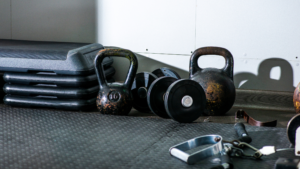
5 Reasons Women Should Strength Train
Here’s the thing, I live in a social media bubble where I surround myself with women lifting weights, getting strong and generally being freaking badass human beings. Yet when I walk into most gyms, this isn’t exactly what I’m seeing.





